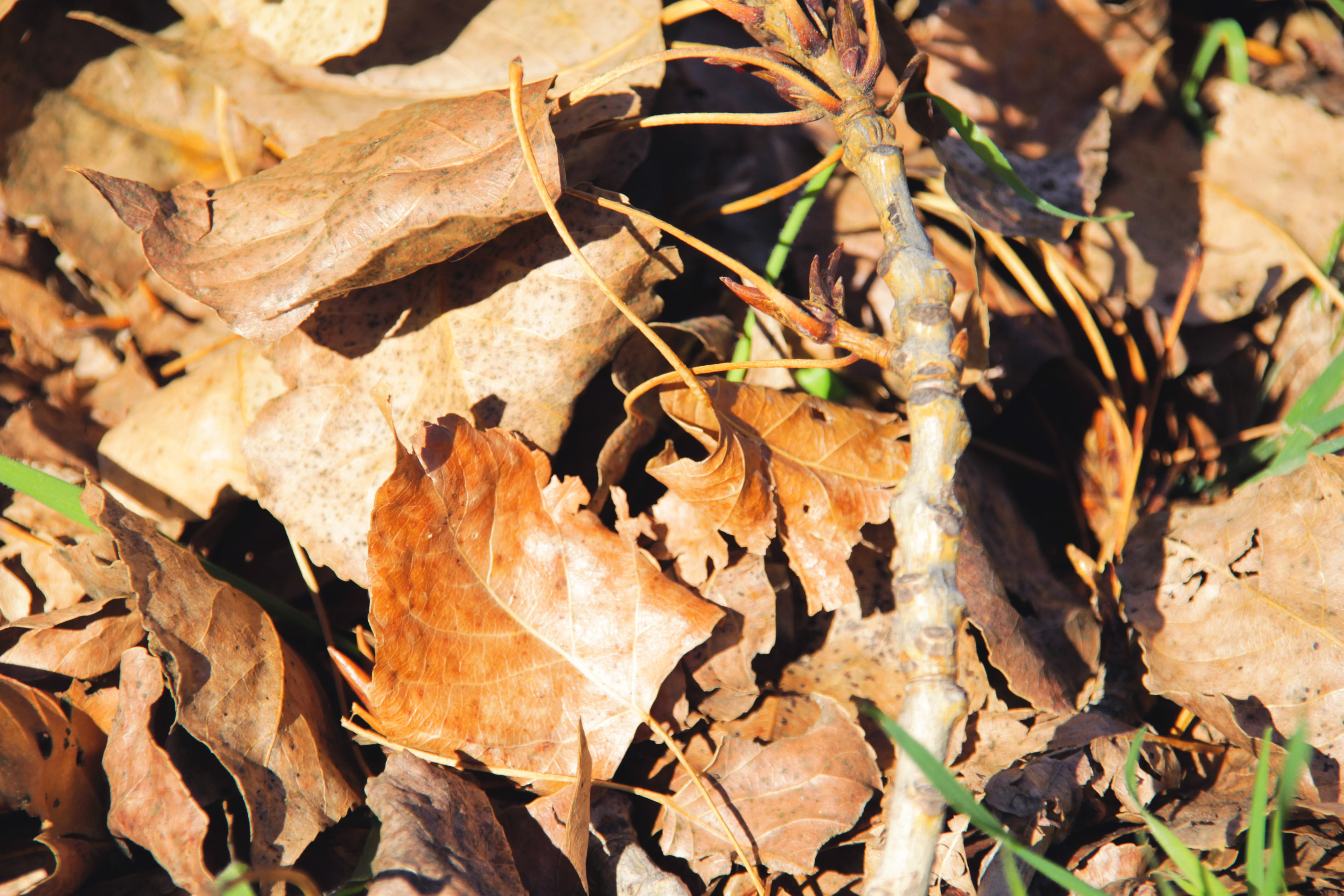We’ve all envisioned the perfect garden—neatly trimmed beds, clean lines, and not a leaf out of place. Perhaps you’ve admired the stunning show gardens at the Chelsea Flower Show, with their carefully curated designs and lush plantings (I have). These spaces are beautiful and attract a diverse range of wildlife.
But step into a wild woodland, meadow, or desert wash, and you’ll notice something different: there’s litter. Twigs, seed pods, spent blooms, and fallen leaves carpet the ground. This mess isn’t neglect—it’s nature’s way of building resilience.
Leaving organic litter in your garden—what we might normally clean up—supports essential soil organisms, encourages natural pest control, and promotes long-term fertility. Below, we’ll explore why letting things lie can be one of the best choices for your plants, pollinators, and the planet, and I’ll show you some of the things I’m doing in my garden.
Decaying Wood
If you have trees or shrubs in your garden, chances are you prune them once a year or so. Instead of removing all the cut branches, consider leaving some of those stems—or even a few larger limbs—on the ground or tucked into a corner of the garden. Cut them down to a size that’s manageable for you.
Decaying wood acts as a slow-release fertilizer, gradually returning valuable nutrients like carbon, nitrogen, and phosphorus to the soil. As fungi and microbes break it down, they help convert locked-up nutrients into forms that plants can use—a natural form of nutrient cycling that keeps your garden’s ecosystem self-sustaining.
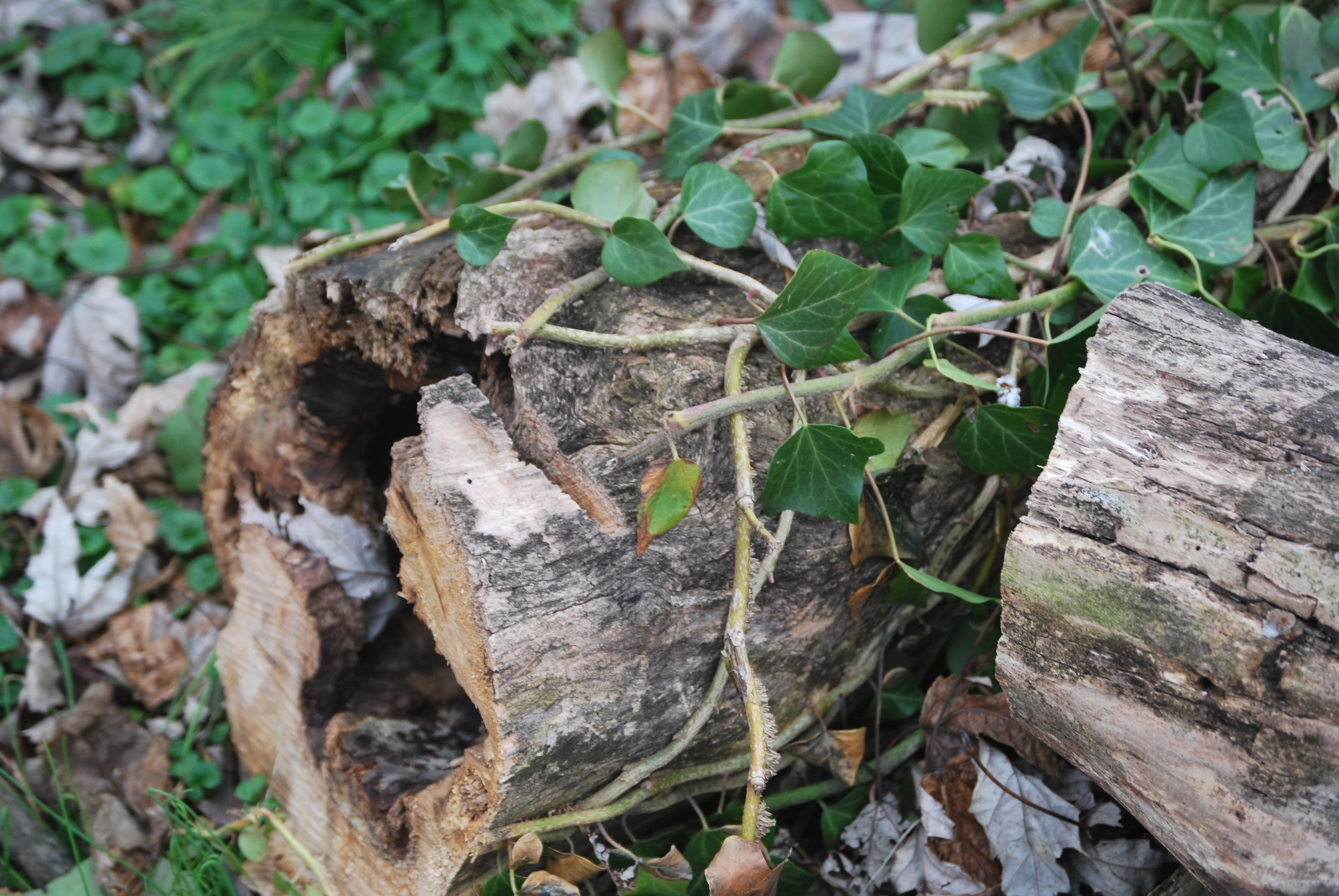
As it decomposes, wood also improves soil structure by increasing porosity and helping with moisture retention. After rainfall, rotting logs and branches can hold onto water, keeping the surrounding soil damp for longer.
Just as importantly, decaying wood provides habitat. Insects, fungi, mosses, and sometimes even birds rely on it for food and shelter. These organisms are part of a vibrant underground and surface ecosystem that supports plant health and keeps your soil biologically active.
Before adding wood to your garden, make sure it isn’t diseased.
Leaf Litter
Leaves are plentiful in most gardens. Trees, shrubs, flowers, vegetables, and more all have them. Over the year, some get munched by insects, many fall off, and more get trimmed. It’s easy to clear these away as you’re trimming, and with some plants like tomatoes and roses, this is the best option as you want the base of the plant to be exposed to the air, as they’re very susceptible to disease.
Many flowers, such as hydrangeas, benefit from their leaf litter as it helps to regulate soil pH and moisture. Hostas, which are a favorite delicacy for slugs, benefit massively from leaf litter as the drier surface deters them and provides habitat for predatory beetles.
Leaf litter also decays into the soil, returning key nutrients, can be used as mulch, and is perfect for insulating plants against cold weather.
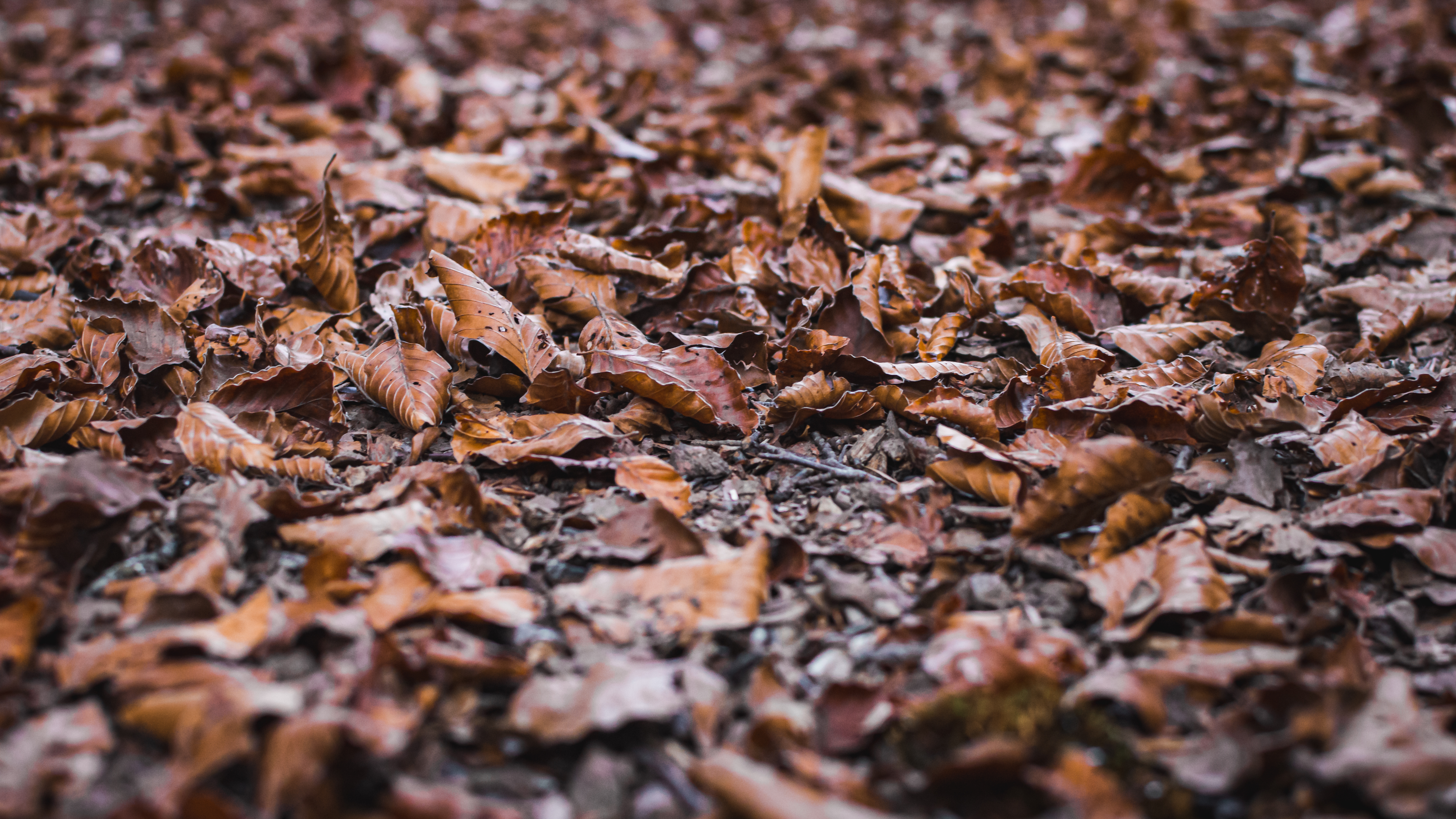
Organic Litter for Self Seeders
I adore self-seeding annuals. Flowers like cosmos, calendula, and alyssum create a vibrant show of color. As their seeding is often sporadic, it’s beneficial to give them the best chance possible for the seeds to take. A layer of organic litter, leaves, petals, and more provides somewhere for the seeds to fall and stay sheltered. Over the winter, as the litter layer decays, it provides the nutrients and moisture for the seeds to germinate plentifully the next year.
Leaving Flower Heads
It’s more than a little tempting to snip off dead flowers as soon as they’re done to maintain a tidy garden bed (I’m often quick to do this). However, if there is a time not to do it, it’s fall.
As winter approaches, animals of all kinds are looking for nourishment, and flower heads are great for birds, insects, and even small mice. Leaving them for a few days gives nature the chance to use them. You might also cut them down and leave them to decay around where they grew, or leave them standing over the winter and cut them down in the spring. Frosty stems can look quite beautiful.
Some flowers, such as bee balm, are excellent overwintering spots for native solitary bees, and leaving leaf litter can provide additional warmth.
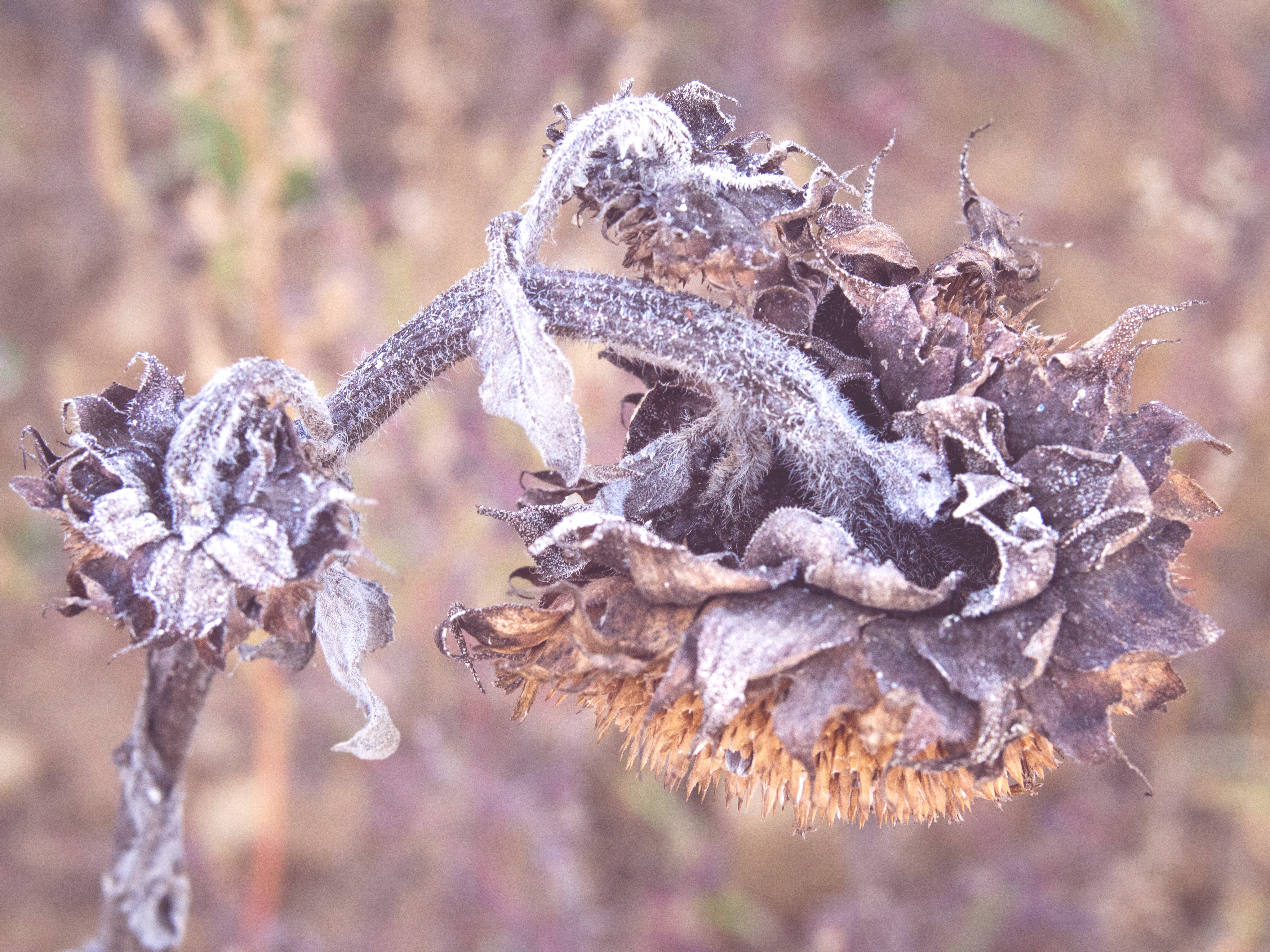
Keeping the Litter Tidy
Leaving organic litter in your garden doesn’t mean it has to look messy. You can still create a beautiful, neat, and tended-to garden while implementing some of these strategies.
Shapes are good visual breakers. Raking leaf litter into piles around shrubs, or into small ‘compost areas’ provides definition. You might also mix in your garden litter with store-bought bark mulch for a neater look.
Heavier, denser plants such as Dahlias will hide leaf litter better than open plants such as Rudbeckia, so you can tailor this to suit your garden.
When and How to Clean Up (if needed)
While leaving organic matter in the garden is often beneficial, there are times when a bit of cleanup is necessary to maintain plant health and balance. The key is knowing when you’re helping the ecosystem—and when you’re unintentionally hindering it.
1. To Reduce Disease Pressure Some plants, like tomatoes, roses, and peonies, are especially prone to fungal diseases and benefit from a tidier base. Removing diseased foliage, spent flowers, or stems can prevent the spread of pathogens from year to year. Always discard infected material—don’t compost it unless your compost gets hot enough to kill pathogens (many home piles don’t).
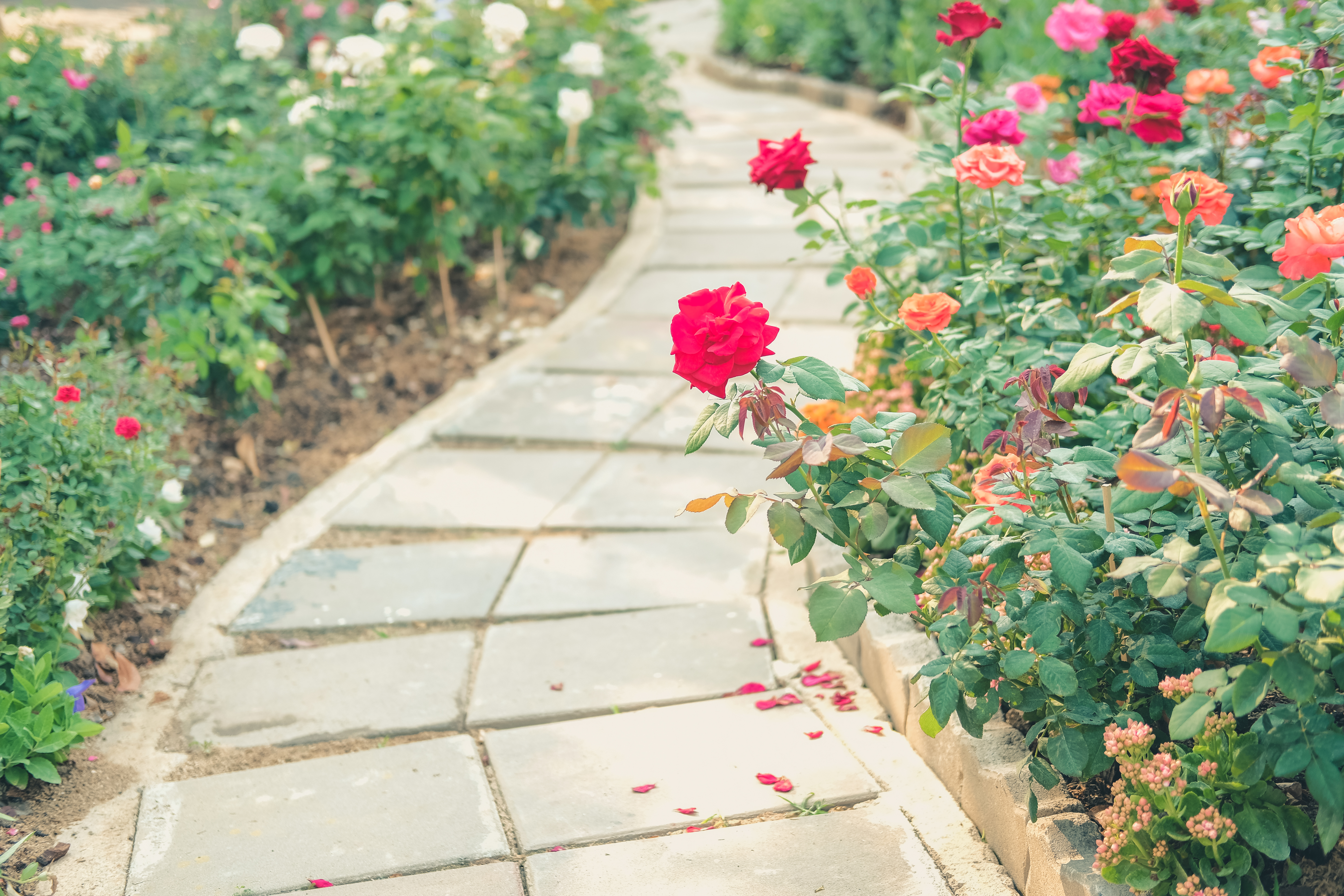
2. After Pest Infestations If you’ve had a heavy infestation of aphids, caterpillars, or beetles, it can be helpful to clear away some of the affected plant matter. This reduces the number of overwintering sites and breaks the pest’s lifecycle. You don’t need to strip the bed bare, but a thoughtful tidy-up around troubled plants can set the stage for a better spring.
3. To Prep Annual Beds When rotating crops or replanting flower beds, removing the bulk of spent annuals may be helpful, especially if you’re planting seeds or young transplants that need light and space. In this case, consider chopping old stems and layering them over other areas of the garden instead of hauling everything to the bin. That way, you’re still recycling the nutrients.
4. To Make Room for Spring Growth Early spring is one of the best times to gently clear paths, remove mats of soggy leaves from the crowns of perennials, and thin out overgrown mulch. This allows emerging shoots to develop while still retaining the protective benefits of litter, particularly water retention and frost protection, elsewhere.
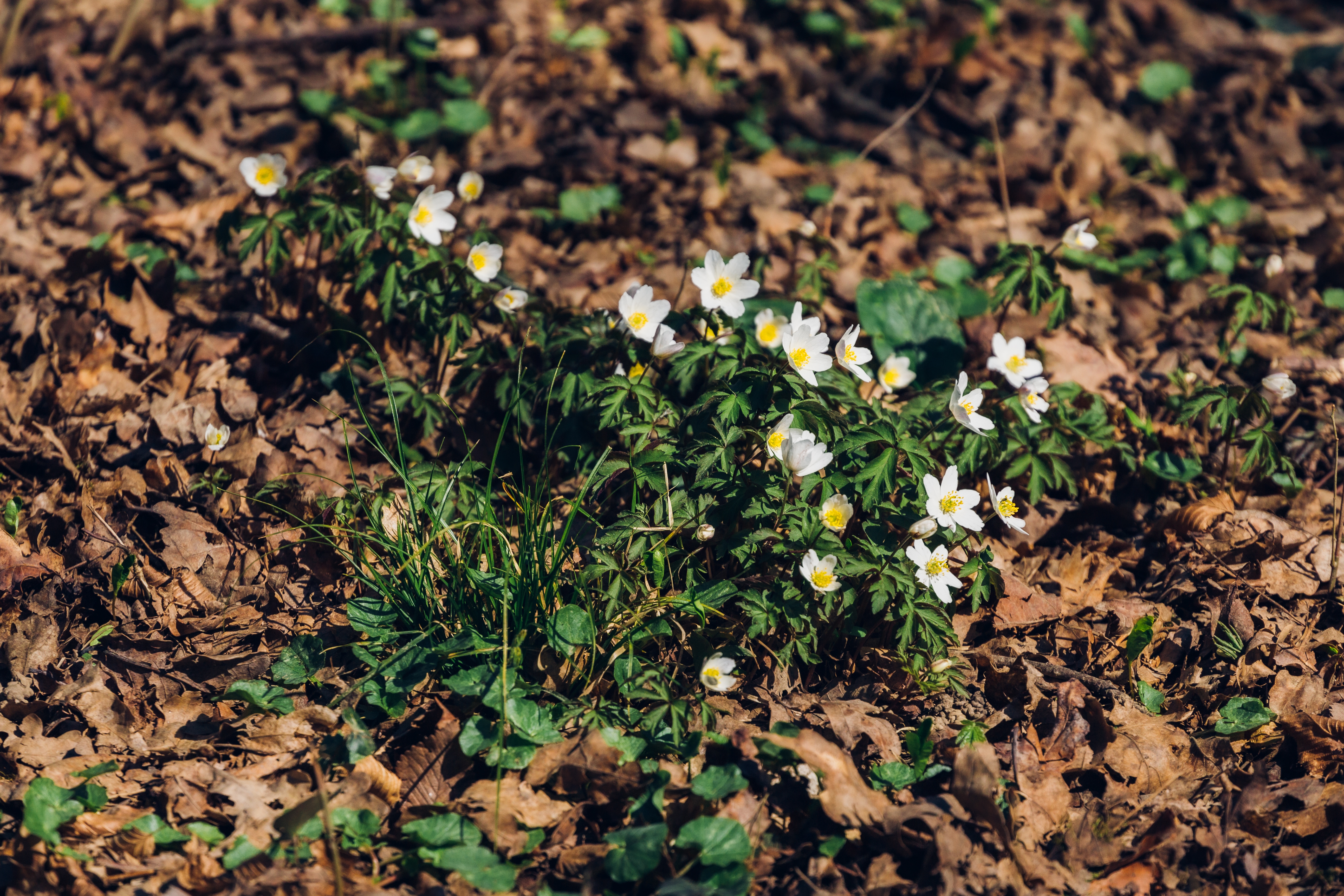
5. Mind the Seasons
Fall (autumn) is often the time to let things lie. Insects lay eggs in dead stems, frogs tuck into leaf piles, and beneficial beetles nest beneath bark. Winter landscapes don’t need to be bare—they can be layered, textured, and alive with sheltering creatures.
Guiding Principle: Think mosaic, not monoculture. You don’t have to leave everything or clean up everything. A mix of tidy and wild spaces—what some call “messy gardening with intent”—can offer the best of both worlds: healthy plants and thriving wildlife.
A Look at What I’m Doing
My current yard has a lot of trees. The bloom season in Arizona is plentiful, and they all fall to the ground quickly when the summer heat comes in. I’ve raked this detritus into a ring around the trees, making sure the root flare is left exposed to the air around the trunk, which will help the soil hold water and return nutrients.
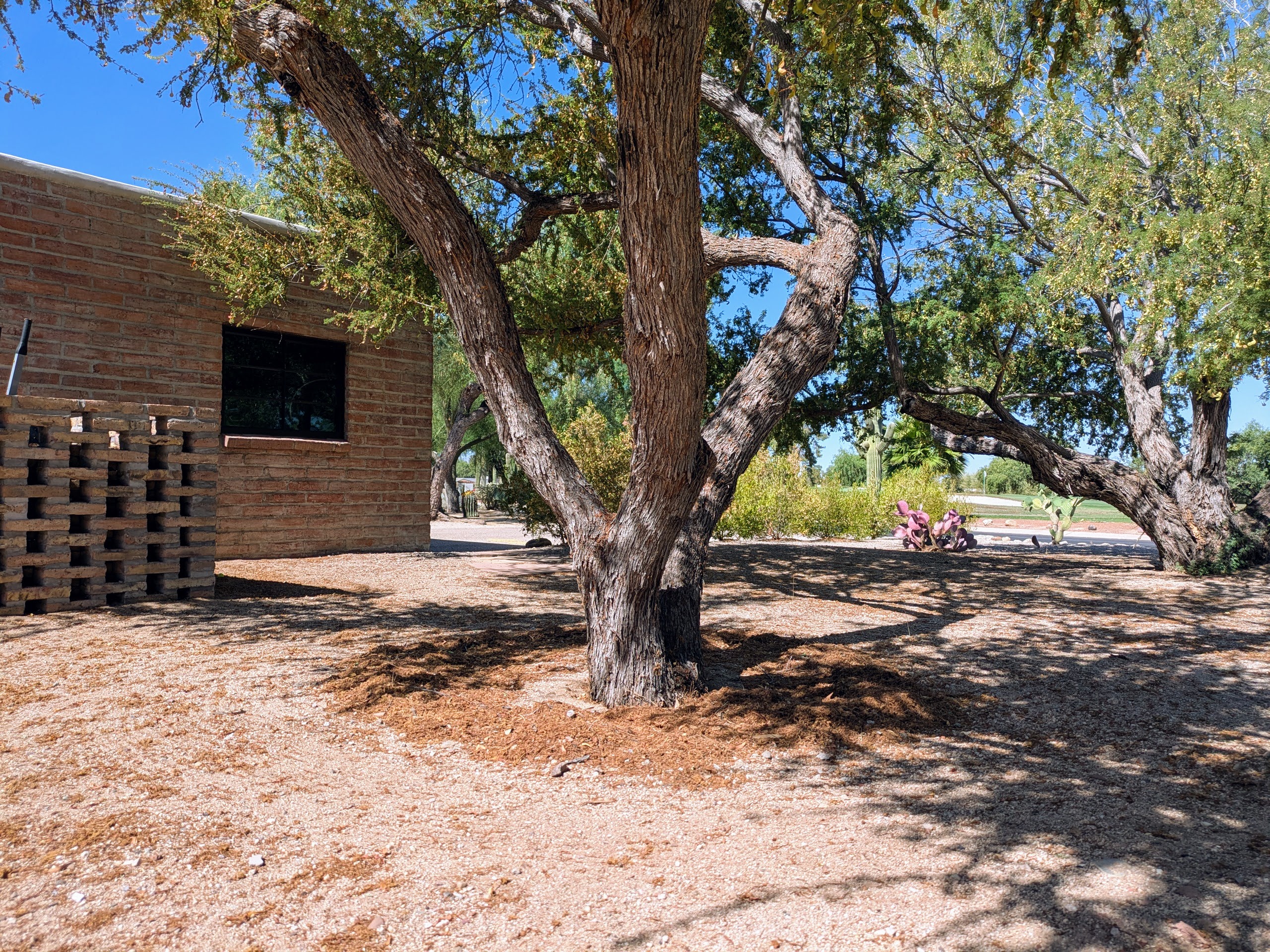
It’s been hot the past few years, so some cacti are struggling. Cacti don’t love damp soil, so I’m using leaves to cover the surface around them to lower the soil temperatures. Leaves dry out quickly here after rain, so this will prevent rot and decay from affecting the cacti.
Where I work has numerous ornamental oleanders. Instead of removing the cut leaves after I shape them, I sweep them out of sight under the shrubs. They’ve been growing more prolifically than ever now that the soil holds moisture better, and the number of lizards that call them home has increased, who in turn snack on the bugs
Final Thoughts: Let a Little Litter Lie
Gardens don’t need to be pristine to be beautiful—or thriving. In fact, by letting a little organic litter remain, you’re doing far more than saving yourself a cleanup. You’re building soil health, conserving moisture, cycling nutrients, and offering habitat to countless small but essential creatures.
Whether it’s a ring of leaves beneath a tree, a log tucked into a shady corner, or flower heads left standing through winter, these small choices invite life back into the garden. They make your space more resilient, more dynamic, and more deeply connected to the natural world.
So the next time you’re tempted to tidy, ask: could this “mess” be doing some good? Odds are, it already is.
